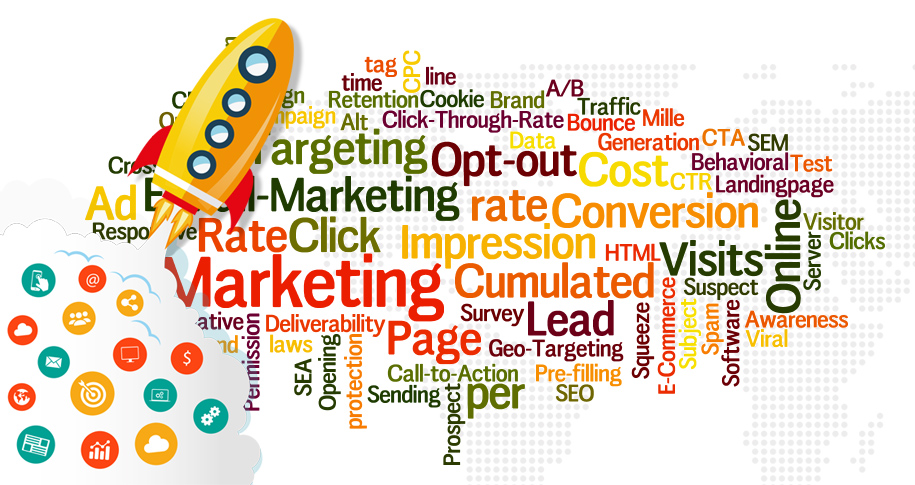What is Split TestingWhat is Split Testing?
Split testing,... More?
Split testingWhat is Split Testing?
Split testing,... More, also known as A/B testingDefinition
A/B Testing, also known as... More, is a method used to compare two versions of a webpage or marketing asset to determine which one performs better. During a split test, the audience is split into two groups, with each group seeing a different version of the same page or asset. The goal is to analyze user behavior and performance metrics to identify which version yields better results.
Split testingWhat is Split Testing?
Split testing,... More can be applied to many elements of a marketing campaign, including email subject lines, call-to-action buttons, webpage layouts, and even product descriptions.
Why is Split TestingWhat is Split Testing?
Split testing,... More Important?
- Improves Conversion Rates
- By comparing different versions of a webpage or marketing asset, split testingWhat is Split Testing?
Split testing,... More allows you to determine which version resonates more with your audience. This leads to improved conversion rates, as the version with the best performance can be used to optimize future campaigns. - Example: If you test two different email subject lines and one results in higher open rates, you can use that winning subject line in future email campaigns to boost conversions.
- By comparing different versions of a webpage or marketing asset, split testingWhat is Split Testing?
- Reduces Risk of Poor Decisions
- Instead of relying on assumptions or guesswork, split testingWhat is Split Testing?
Split testing,... More provides data-driven insights into what works best for your audience. This reduces the risk of making decisions that could negatively impact performance. - Example: Rather than guessing which color of a CTA button will convert best, you can test multiple options and choose the one that drives more clicks.
- Instead of relying on assumptions or guesswork, split testingWhat is Split Testing?
- Helps Understand Customer Preferences
- Split testingWhat is Split Testing?
Split testing,... More helps you understand what your audience prefers and what drives them to take action. Whether it’s the design, copy, or layout, these tests provide valuable insights into user behavior. - Example: You might find that your audience prefers shorter product descriptions, which can be used to enhance the shopping experience and increase sales.
- Split testingWhat is Split Testing?
- Maximizes ROI
- By continually optimizing elements based on split testingWhat is Split Testing?
Split testing,... More results, you can maximize the return on investment for your marketing efforts. Higher conversion rates and better-performing assets lead to greater revenue without increasing your marketing budget. - Example: A company that continuously tests its landing pages can incrementally improve performance, leading to more leads and a higher ROI over time.
- By continually optimizing elements based on split testingWhat is Split Testing?
How to Conduct Split TestingWhat is Split Testing?
Split testing,... More
- Define a Clear Goal
- Before starting a split test, it’s important to define a specific goal, such as increasing click-through rates or improving conversion rates. A clear goal helps guide the experiment and ensures you measure the right metrics.
- Example: Your goal might be to test whether changing the color of your CTA button from green to red increases the number of clicks.
- Test One Element at a Time
- To get accurate results, it’s important to test only one element at a time. Testing multiple changes at once can make it difficult to identify which change led to the result.
- Example: If you test both the headline and the CTA button color at the same time, you won’t know which element caused a change in performance.
- Split Your Audience
- Divide your audience randomly into two groups to ensure the test results are unbiased. Each group should see a different version of the page or asset.
- Example: 50% of your email subscribers might receive Version A, while the other 50% receives Version B.
- Analyze the Results
- After conducting the test, analyze the results to determine which version performed better. Use metrics such as conversion rates, click-through rates, or bounce rates to guide your decision.
- Example: If Version B of your landing pageWhat Is a Landing Page?
A landing pag... More results in a higher conversion rateWhat Is Conversion Rate?
Conversion r... More, you would implement it as the new default page.
Conclusion
Split testingWhat is Split Testing?
Split testing,... More is a powerful tool for optimizing digital marketingWhat Is Digital Marketing?
Digital ma... More campaigns and improving user engagement. By conducting split tests, you can make data-driven decisions that boost conversions, enhance customer experience, and maximize ROI. It’s an ongoing process that helps you continually refine and improve your marketing strategies.
